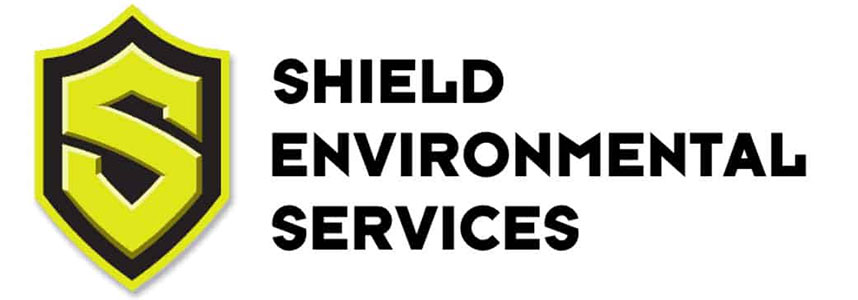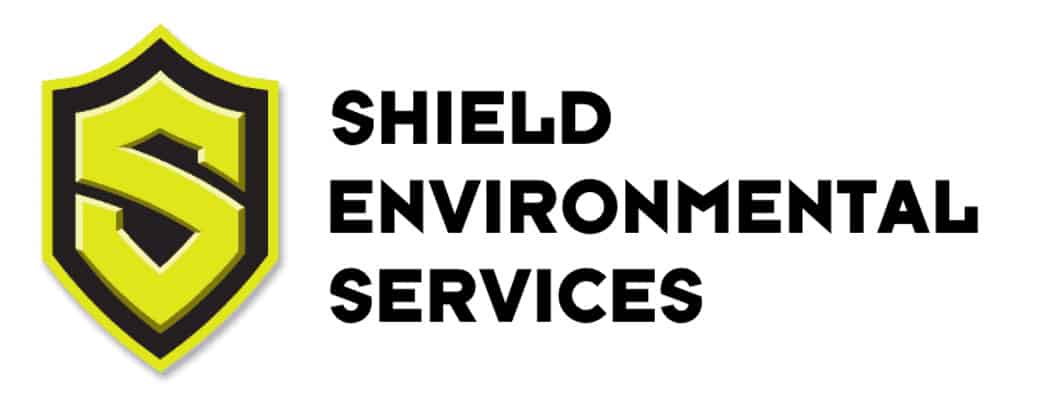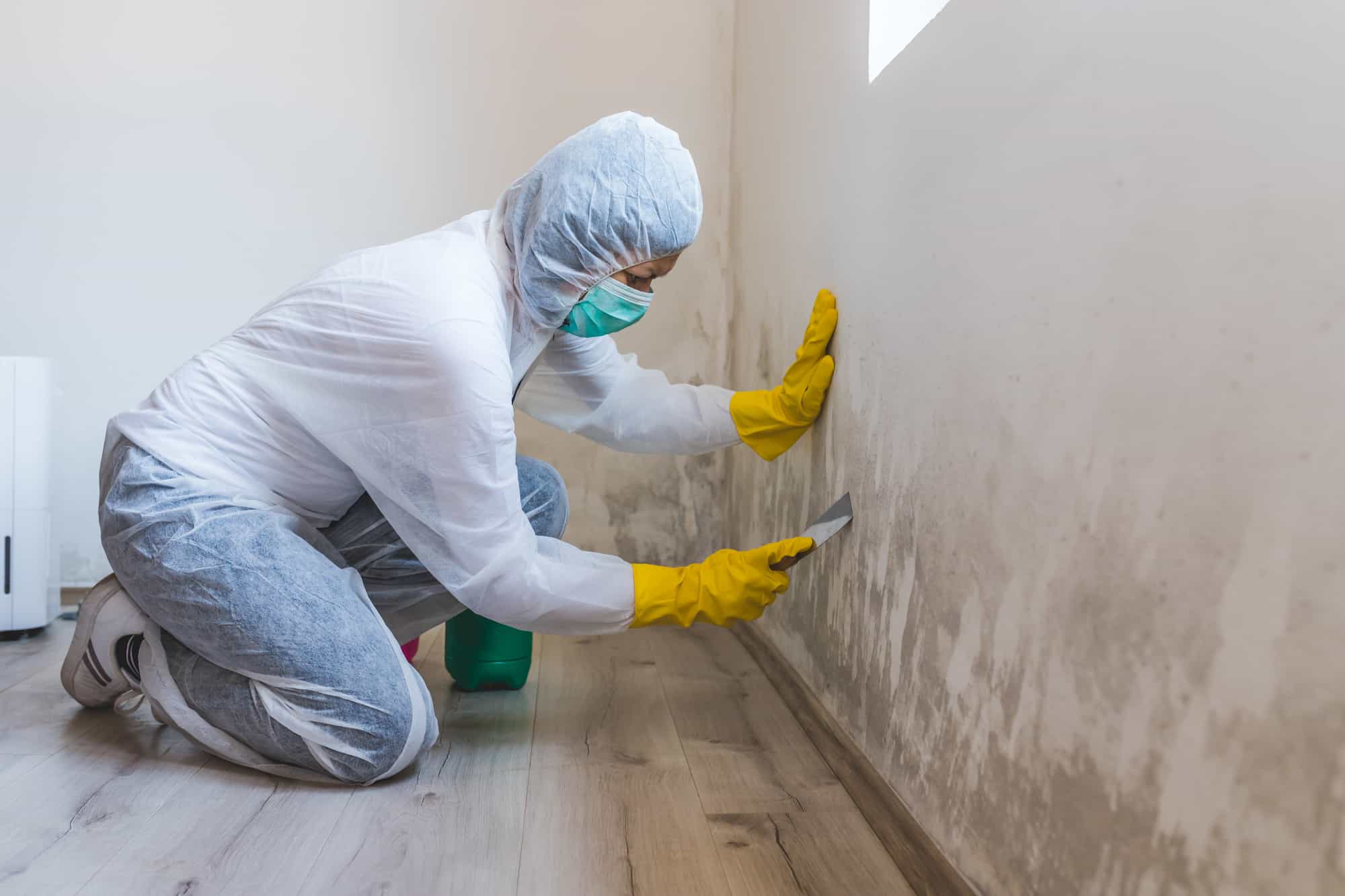The Science Behind Professional Mold Removal Process & Techniques
It’s a time-worn situation. Property owners always ask why they should trust professionals for their mold removal needs. I think every company in the industry has. Our commercial property clients used to think that their janitorial staff was enough. Some homeowner clients stall when they see the quotation estimates. In time, however, they come to appreciate what professionals can do for them. Here at Shield Environmental Services, they’re some of our best clients.
It can be a wonderful feeling to change your clients for the better. But what was it that made them change their minds? What made them trust professionals like us?
In a nutshell, professional mold removal is about the safety of the people who work or live there. It’s about ensuring that the indoor air quality is safe and clean. These are the reasons why professionals like us do what we do. It’s why we abide by the science behind professional mold removal.
5 Reasons Why Professional Mold Removal Is Superior to DIY Methods
This is in answer to that perennial question: Why hire when I can DIY? Professional mold removal is superior to DIY methods for five reasons.
First, professional mold removal is based on the science of identifying and eliminating mold at its source. Professionals have the training and experience. They know how to properly identify the type of mold growing and the extent of the infestation. This knowledge and experience lets us create a customized plan for removal. Our professional training ensures that all traces of mold are effectively eliminated. That excess moisture is removed properly so your mold problem won’t return.
Secondly, professionals have access to specialized equipment and cleaning solutions. These solutions are not readily available to homeowners or cleaning staff. Mold removal experts use this equipment to remove mold without risking their health. We also use specialized equipment. Professional technicians have air scrubbers and HEPA vacuums. These are used to capture and remove mold spores from the air and surfaces. We also use antimicrobial treatments to kill mold and prevent it from returning.
Third, professionals often provide guarantees or warranties. This gives property owners like you peace of mind that the job will be done right.
Fourth, attempting to remove mold yourself can make the issue worse. The most common mishap that DIY-ers have is stirring up mold spores. This causes the dislodged spores to float into the air and the ventilation system. Once the mold is in the HVAC system, it can spread to other parts of your home or office building. The spores will then out damp areas to infect and grow into.
Finally, improper removal techniques can lead to health risks. This is especially dangerous for residents or office workers with respiratory issues. DIY techniques can also cause potentially expensive damage to your property. It’s simply not worth the risk to try and remove mold yourself.
What Approved Techniques Do Professionals Use for Mold Cleanup?
Professionals use a variety of approved techniques to effectively remove mold. Which cleaning methods to use depends on three factors. First, the type of property. Are we going into commercial property or is our client a homeowner? Second, the results of the inspection report. What does the mold inspector recommend? And lastly the extent of the infestation.
For this discussion, we’ll discuss the three approved cleaning techniques. These are the methods commonly used by professionals. Note that on a case-by-case basis, professionals also have other specialized cleaning methods.
The first technique is containment. We seal off the affected area to prevent the mold spores from becoming dislodged. If they do, they can spread to other parts of the building or residence. This is especially necessary for commercial and office properties. Containment in residential properties is very localized. That should be a relief for homeowners like you.
Once containment is established, a combination of cleaning methods are used. They include HEPA vacuuming, damp wiping, and the application of cleaning solutions.
HEPA vacuuming is effective for removing mold spores from surfaces. It is often used before the application of any cleaning solution. Damp wiping involves using a cloth or sponge soaked in a cleaning solution. This physically removes the visible mold from surfaces. The selection of cleaning solution depends on the type of surface. It also depends on the type of mold and the severity of the mold contamination.
In some cases, we use specialized cleaning methods. Techniques such as sanding or dry ice blasting remove mold from porous surfaces.
There are differences in cleaning commercial and residential spaces. One of the main differences is the scale of the problem. Commercial spaces are generally larger. They have a higher occupancy rate. This means that the mold can spread more easily and quickly. Our techniques and cleaning solutions be more extensive and aggressive. Additionally, commercial properties may have unique features. They may have industrial equipment or specialized ventilation systems. These features may require specific mold removal techniques.
On the other hand, residential properties are smaller. They have fewer people using and living there. If you are a residential property client, you can rest assured that professionals use less aggressive methods. Our focus here is often on targeted spot treatments and prevention.
Another factor that makes a big difference is compliance. Local regulations and guidelines dictate the different mold cleaning techniques. The end goal, however, is the same: to ensure compliance with industry standards and regulations.
Personal Protective Equipment and Cleaning Systems Specific to Mold Removal
Personal Protective Equipment (PPE) and cleaning systems are essential for mold removal. PPE such as gloves, masks, goggles, and coveralls are necessary to protect workers from exposure to mold spores and toxic chemicals in mold remediation products. Respirators with HEPA filters are especially important to prevent inhalation of mold spores.
In addition to PPE, using specialized cleaning systems is crucial for effective mold removal. HEPA vacuum cleaners, air scrubbers, and antimicrobial solutions are commonly used to clean and disinfect mold-affected areas. HEPA filters can capture tiny mold spores that regular vacuum cleaners would simply recirculate into the air. Air scrubbers help to improve air quality by removing airborne mold spores. Antimicrobial solutions aid in preventing future mold growth.
By using the appropriate PPE and cleaning systems, we can safely and effectively remove mold from indoor environments, minimizing the risk of health hazards for ourselves and you.
What Approved Cleaning Products Do Professionals Use To Address Your Mold Problem?
Professionals use a variety of approved cleaning products to remove mold. They usually come in three types: disinfectants, biocides, and antimicrobial cleaning solutions.
Disinfectants
Disinfectants kill spores and eliminate visible mold growth. They work by breaking down the structure of the mold and preventing regrowth. The disinfectants we use for mold removal include bleach and hydrogen peroxide. Please note that these can be harmful if not used properly.
The pros also know that disinfectants cannot do the job alone. That’s why professionals use a scientific approach. Investigating the underlying cause and eliminating its source: moisture and humidity. If the cause isn’t treated, the mold will likely return even after using disinfectants.
Biocides
Biocides are another essential tool. There are many different types of biocides. Each type has its specific mode of action and target microorganisms. Biocides that target mold are specifically designed to destroy an existing infestation. It is also formulated to prevent future growth. Biocides are essential for areas with high humidity or moisture.
Biocides can be used in a variety of settings. Mostly, they are used on commercial properties. Properties like healthcare facilities, food processing plants, and water treatment systems. With careful consideration, biocides may also be used in office and residential buildings. Some biocides include chlorine-based compounds, quaternary ammonium compounds, and hydrogen peroxide-based cleaning solutions.
Antimicrobial Cleaning Solutions
Antimicrobial cleaning solutions are used to ensure that surfaces remain mold-free after cleaning. They are used in areas with high humidity or moisture. They are used on walls, ceilings, and floors in bathrooms, kitchens, and basements. Antimicrobial cleaning solutions are recommended for areas affected by water damage or flooding.
Antimicrobial solutions contain agents that inhibit the growth of mold and mildew. This helps reduce the potential health risks like allergies and respiratory issues and allergies. They are also used for comprehensive mold prevention and remediation strategies.
How Strong are Industry- or Hospital-Grade Cleaning Products?
The Environmental Protection Agency (EPA) recommends using industry-grade or hospital-grade cleaning products for mold removal. These cleaning products are proven to be effective at eliminating mold and preventing its regrowth.
They are specifically formulated to be effective at disinfecting surfaces. They are made with highly concentrated and powerful active ingredients. They are capable of destroying a wide range of pathogens like bacteria, mold, and more. It takes training and experience to use these products properly. When used properly they can provide a high level of cleanliness and hygiene. They help maintain a safe environment for employees and residents.
Leave Mold Removal to the Experts, Enjoy Healthier Indoors and Peace of Mind
Don’t take any chances when it comes to mold removal. Leave the cleaning to the experts and enjoy peace of mind knowing you’ll have a healthier living and working environment.
Professional mold removal companies have the necessary skills, knowledge, and equipment to handle your mold issues. They can also provide you with valuable tips on preventing future mold growth in your commercial or residential building.
So, if you’ve discovered mold in your home or office, don’t hesitate to reach out. Click here and take the first step to getting your office or home mold-free.



